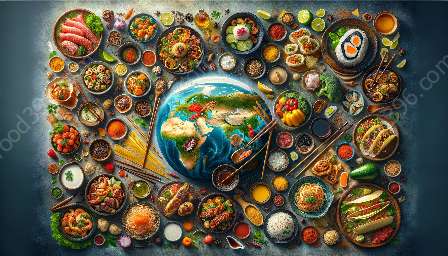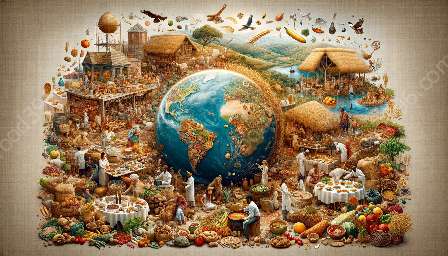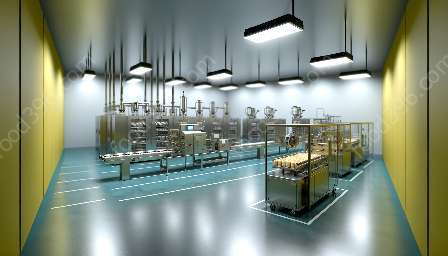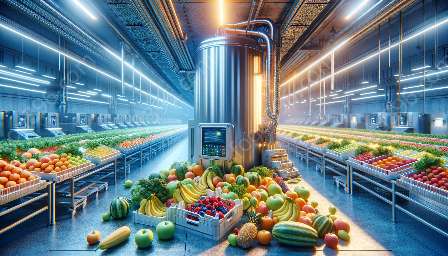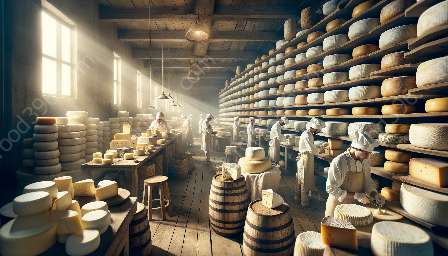In the realm of food and drink, the processes of food preservation and processing play a pivotal role in ensuring the availability of safe, nutritious, and flavorful options for consumption. From ancient techniques like curing to modern methods such as freeze-drying, the variety of preservation and processing methods is both diverse and innovative. In this article, we'll delve into the world of food preservation and processing, covering the various techniques, their historical significance, and their impact on health and nutrition.
The Importance of Food Preservation & Processing
Food preservation and processing are crucial for prolonging the shelf life of perishable items, reducing food waste, and ensuring that food remains safe for consumption. By utilizing these techniques, we can counteract the natural decay and spoilage of food, allowing it to be stored and distributed efficiently.
Processing, on the other hand, involves transforming raw ingredients into a wide range of food products, creating diversity in flavors, textures, and forms. It also allows for the removal of toxins, preservation of nutrients, and enhancement of taste and appearance.
Historical Methods of Food Preservation
Throughout history, ingenious methods of food preservation have been developed to sustain populations through periods of scarcity and to ensure a varied diet regardless of the season. Techniques such as drying, salting, and fermentation were employed to make food last longer without refrigeration, enabling humans to survive in diverse climates and environments.
For example, salting has been utilized for thousands of years to preserve meats and fish. The process involves drawing out moisture from the food, creating an inhospitable environment for bacteria. Meanwhile, fermentation, which involves the transformation of carbohydrates into alcohols, organic acids, and carbon dioxide, not only preserves food but also creates unique, flavorful products such as sauerkraut, kimchi, and pickles.
Modern Preservation Techniques
In modern times, the methods of food preservation and processing have evolved significantly, incorporating advanced technologies and scientific knowledge. Canning, developed in the 19th century, involves sealing food products in airtight containers and subjecting them to high temperatures, effectively destroying microorganisms and enzymes that cause spoilage. This method has made it possible to enjoy fruits, vegetables, and other perishable goods throughout the year.
Freezing is another widely used preservation technique that relies on low temperatures to halt the growth of microorganisms and enzymatic activity. This process maintains the natural characteristics of food while extending its shelf life, and it is especially effective for preserving meats, seafood, and produce.
More recent innovations, such as vacuum packaging and high-pressure processing, have further expanded the possibilities for food preservation. These methods offer improved safety and quality while preserving the nutritional content and sensory attributes of the products.
Impact on Health and Nutrition
Food preservation and processing have a direct impact on the nutritional value and safety of consumable items. With the ability to maintain and enhance the quality of food, preservation methods contribute to the availability of nutrient-rich foods even in off-seasons or remote locations. Additionally, by preventing the spoilage of food, these methods help to minimize food-borne illnesses and support food security.
It is important to note, however, that certain processing techniques, such as high-temperature cooking or excessive refining, may lead to the loss of certain nutrients or the formation of unhealthy compounds. Therefore, striking a balance between preservation and the retention of nutritional quality is a critical consideration in the food industry.
Conclusion
The world of food preservation and processing is rich with history, innovation, and significance. These techniques not only help to combat food waste and ensure food security but also contribute to the availability of diverse and flavorful culinary experiences. By understanding the various methods of preservation and processing, we can make informed choices about the foods we consume, embracing their cultural, nutritional, and gustatory value.


















